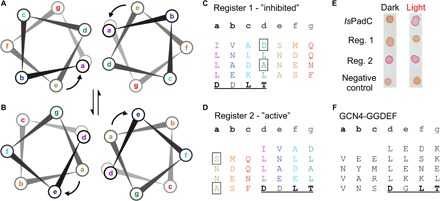Fig. 3. Coiled-coil architecture of the sensor-effector linker.

(A) Heptad register observed in the crystal structure of IsPadC (register 1). (B) A rotation of heptad positions e to a within the coiled-coil populates the “register 2” architecture. (C and D) Heptad units of the sensor-effector linker in registers 1 and 2, respectively, rainbow-colored according to the heptad repeats of register 1. Coiled-coil destabilizing residues are boxed. The highly conserved DXLT motif of GGDEF domains is underlined. (E) The assignment of active and inhibited states to registers 2 and 1, respectively, is confirmed by the observed DGC activity in a cell-based screening system. Wild-type IsPadC shows the expected increase in DGC activity upon red light illumination, as seen by the red coloration of the cells. In contrast, an IsPadC variant stabilizing register 1 can no longer be activated upon illumination, whereas the register 2 stabilizing variant is constitutively active. (F) For comparison, the heptad units of a superactive, artificial GCN4-GGDEF fusion (14) are also shown.
